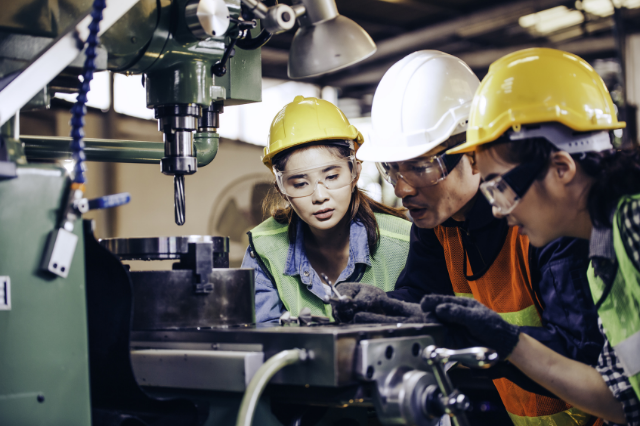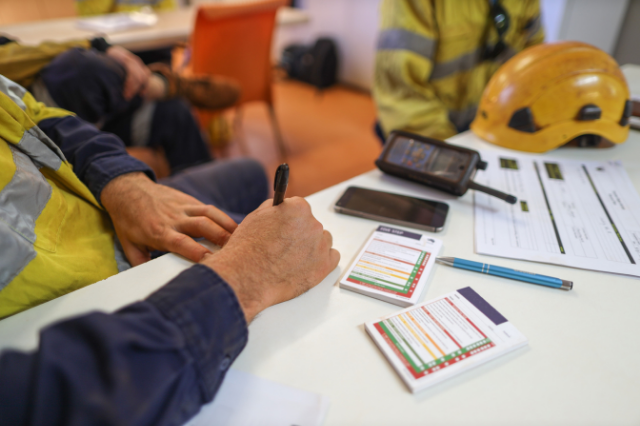There is hardly any doubt surrounding the claim that all people learn differently, and thus, there is an array of learning methods and training approaches out there to cater to various needs. Such is the case with a method called the 70 20 10 learning model. But what exactly is it?
While the 70 20 10 model isn’t necessarily something that’s known by those outside of the training & educational fields, it’s worth noting that this model is important and should be considered for crafting training courses.
Developed in the 1980s by a trio of researchers and authors - Morgan McCall, Michael M. Lombardo and Robert A. Eichinger - this model summarizes the different ways that people learn and how we can incorporate strategic design in developing training to better ensure we are meeting the needs of learners.
The 70 20 10 learning model is broken down into the following formula:
•70% of learning is experiential
•20% of learning is social
•10% of learning is formal
A more in-depth explanation of this formula is needed for a full understanding of what the model offers.
70% of Learning is Experiential - What Does this Mean?
Knowing the largest piece of the 70 20 10 model is imperative to acknowledging the importance of this method. Experiential learning is training that is conducted by learners completing an assigned task. By completing a task, learners are more likely to retain information easier than if they were simply told how to do something. Essentially, learners benefit the most from first-hand experience.
These tasks can include daily job duties as well as other challenges that involve decision making and critical thinking skills. The goal here is to provide autonomy to the learner through hands-on training.
20% of Learning is Social - What Does this Mean?
The social aspect of learning involves training methods that include interactions and observations of other people in the field. Those under workforce training can learn a lot of what they need to know by interacting with and working alongside other coworkers as well as those in positions of authority such as managers or supervisors. Working with someone who knows how to perform the tasks at hand, such as a mentor, allows the learner to receive real-time feedback.
10% of Learning is Formal - What Does this Mean?
Trainers are likely the most familiar with the formal learning portion of the 70 20 10 learning model. When referring to formal learning, we’re speaking of instruction that is structured, and is either synchronous or asynchronous. These courses can include modules, workshops, seminars, and more. The idea here is that learners will be presented with problems and solutions and given a test or some other type of assessment to see if they absorbed the information.
The 70 20 10 model serves as a general guideline to maximize effectiveness of learning and designing programs to focus on the different types of activities and inputs incorporated into training.
Contact Safety Mentor today to learn how our learning experience platform (LXP) can help with your implementation of the 70 20 10 model in your training design strategy.



.png)

